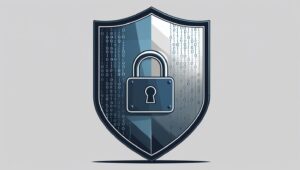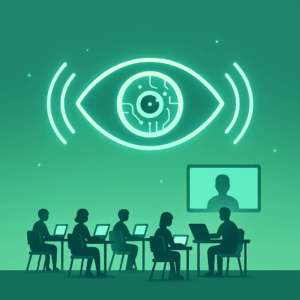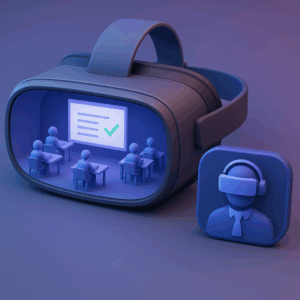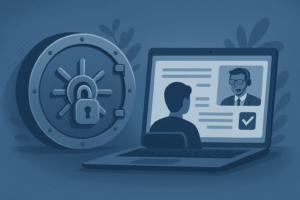The need for educational technology is rising

Nowadays the emerging trend is digitization. Most physical activities are now distant, with businesses all over the world relying on digital technology to get through their daily operations. The education industry is no exception, and it has smoothly adjusted to the distant setting. As education undergoes a tremendous transformation, universities and institutions are now looking to conduct entrance and semester-end examinations that allow no compromise in the feasibility, security, convenience, or experience of students and educators. This fundamental change may be seen in virtual classrooms, real-time video lectures, and online evaluations. But there is one burning concern that everyone has is how reliable online examinations are? This is when remote online proctoring comes to the rescue! Companies are combining their remote proctoring systems with strong AI-based live proctoring by invigilators, allowing them to access from the comfort of their own homes at any time.
WHAT IS REMOTE EXAM PROCTORING?
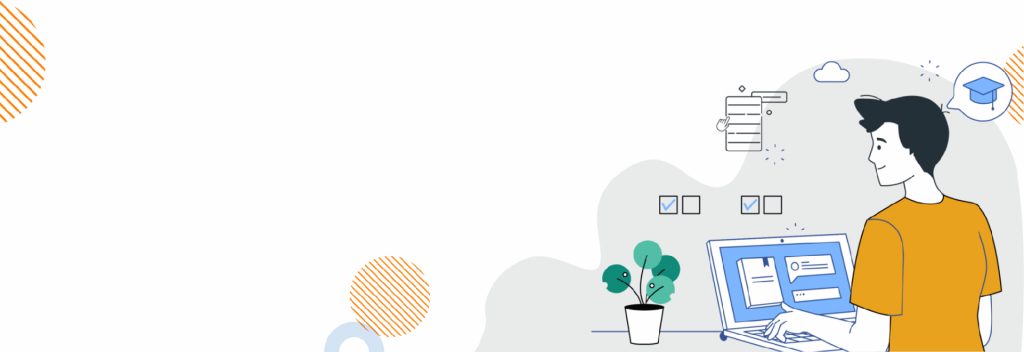
The process of invigilating an online test from any place to minimize any undesirable applicant conduct is remote exam proctoring. This makes your virtual exams safer than paper and pen assessments, guaranteeing that no one can cheat. An audio mic, camera, and screen sharing monitors a candidate during an online exam proctoring session. Proctored exams can be done in a variety of ways. Organizations should examine their internal environment to see what works best for their examination structure. It’s feasible because of a mix of face-recognition AI software and an embedded web camera. It implies that online education and certification providers, who are already virtual teachers, will be able to recognize and accept applicants remotely, regardless of their location.
HOW DOES IT WORK?
- Online proctoring collects snapshots of desktop screens, and chat logs in addition to video, which is one of the few safeguarding methods that protect both students and proctors.
- The entire test session is automatically monitored by video-enabled surveillance, including any unusual events such as a candidate walking away or leaning away from their web camera view, etc.
- By enabling proctoring techniques in online tests, cheating becomes more difficult. It gets more difficult than getting a physical investigator into the exam room.
THREE METHODS OF REMOTE EXAM PROCTORING:
1. LIVE ONLINE PROCTORING:
Skilled and certified human proctor watches the candidate during a real-time proctored test. The remote test service provider will usually have qualified proctors on hand to help students authenticate themselves and avoid cheating. Human proctoring is now the most common approach, according to research; nevertheless, we may expect a major change toward AI-driven technologies in the near future.
The primary benefit of live proctoring is that it promotes the remote examination paradigm since the proctor can successfully supervise exams from any place. In addition, a single proctor may keep track of several candidates at the same time, making the procedure more efficient. Live proctoring requires a significant amount of human labor, making it costly and inefficient in the long run. This is one of the main reasons why most proctoring services are switching to automated techniques that save time and money.
2. AUTO PROCTORED TESTS:

To objectively proctor exams, several online exam providers utilize artificial intelligence-enabled technologies. To guarantee that the applicants do not engage in any abnormal conduct, these sophisticated approaches include audio/video access and screen sharing tools. An automated algorithm is utilized to discover anomalies in artificial intelligence-driven proctoring, and a human review can be done to take a specified action.
According to research, AI systems must be constantly monitored to guarantee that assessments are accurate and fair. When testing a large number of applicants, an auto-proctored examination is preferable since a single human proctor may not be able to properly oversee bulk testing. Face recognition, audio analytics, and anti-cheating measures are all used by AI-powered technologies to ensure that structured exams are error-free. Organizations can eliminate location limitations by using auto-proctored tests, which do not need to be planned in advance. It is a rapid and reliable proctoring approach that improves operational efficiency because it does not require human intervention.
3. RECORDED PROCTORED TESTS:
A candidate is not watched in real time during post-proctored examinations or recorded proctoring; instead, a representative listens to their recordings to check for any suspicious online behavior. The proctor may listen to and see the audio and video footage at any moment and identify any red flags that could jeopardize the exam’s integrity. Because there may be gaps that applicants may exploit, this approach is not as safe as live or automated proctoring. It also necessitates the use of a human proctor to perform the test review, making it a costly and inflexible procedure for businesses.
What happens during online exams

1. INCREASING CHEATING INCIDENTS
Some cheaters will always find a way to manipulate the system and get away with it. This includes self-releasing a question paper before the exam or requesting a question paper from an applicant who has already taken the same test. Cheating by copying from another student is one thing, but enabling another student to copy from your test is also considered cheating. As a result, another method students cheat in examinations is through assisting and abetting cheating.
2. IMPERSONATING BEFORE THE EXAMS:
Making someone else take the test seems far-fetched. When examinations are taken online, however, the likelihood of a candidate utilizing an impostor to take the exam on his or her behalf is quite high. There’s no need to utilize any cheating equipment; instead, give a third party all of the login information and ask them to take the test.
3. IMPERSONATING DURING EXAMS:
If you think impersonation can only happen before a test as an instructor or exam administrator, you’re certainly misguided. Impersonation situations can even occur after the test has started. The student passes the authentication procedure but leaves the system in the middle of the exam. This allows proxy to continue and submit the exam.
4. SCREEN-SHARING:

Applicants use several monitor systems with friends/family members viewing the exam questions and submitting responses on a separate screen. This form of online exam cheating involves cheating in tests by employing screen-sharing and mirroring.
5. USING HI-TECH DEVICES:

Have you ever heard of cheating via remote proctoring utilizing cameras? Organizations that administer high-stakes online exams such as the CAT, MAT, and other competitive exams, recently saw incidents where students were employing small, virtually undetectable gadgets for cheating. Some are astute enough to use calculators that save formulae and other data, allowing them to perform well on examinations.
6. AVOID USING OF USER PROHIBITED DEVICES:
Despite the implementation of anti-cheating policies in online tests, smartphone cheating is quite widespread. Students utilize their linked gadgets to store answers, text others for answers, or take photographs of question sheets.
7. MISUSING THE INTERNET:
Students frequently exploit their easy access to the internet and social media platforms to cheat on remotely proctored online examinations. They tend to browse the internet, log onto illegal websites during the test, copy the questions and put them into the URL, and then plagiarize the best solution.
8. STORING ANSWERS ON EXTERNAL DEVICES:
Cheating masterminds frequently utilize hard drives, USBs, Micro SDs, and other external smart devices as they are easy to conceal and difficult to detect. Test-takers plug them in before or during the exam for simple usage, making them common accessories for online cheating.
9. PRESENCE OF MULTIPLE IN EXAM ROOM:

One of the most prevalent methods of cheating in online tests is for family members or friends to assist test-takers from close proximity. These assistants are stationed in the same room as the webcam but behind the screen or away from it. They either write the answers on a placard or whisper them quietly to assist the test-taker in entering the correct answers.
Take remote exams with Proctortrack and be #CyberSecureSmart!
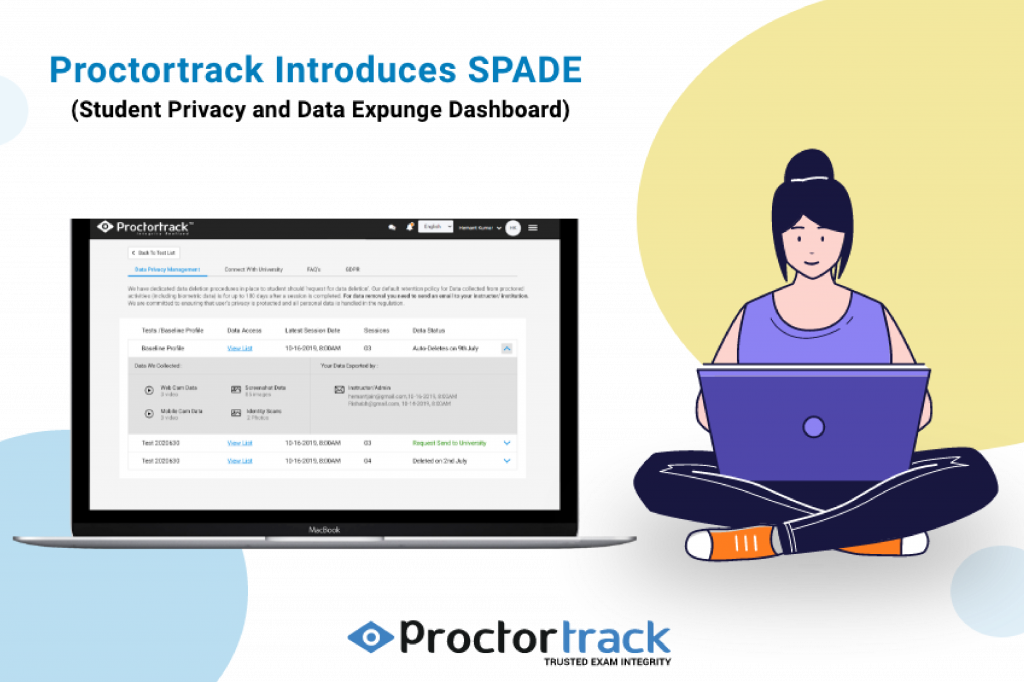
Online exam monitoring solutions are invasive and unsafe, is a preconceived notion. At Proctortrack, we prioritize the needs of our learners by providing a remote proctoring experience in a secure and privacy-aware environment.
The SPADE (Student Privacy And Data Expunge) Dashboard is our initiative in educating our test-takers to be ‘Cyber Secure Smart’ and strengthen their trust in online examinations.
It provides:
- The data information and disclosures for test-takers
- Information on all the test sessions attempted using Proctortrack, the volume of data collected and the data deletion date.
- GDPR and FAQs concerning privacy

